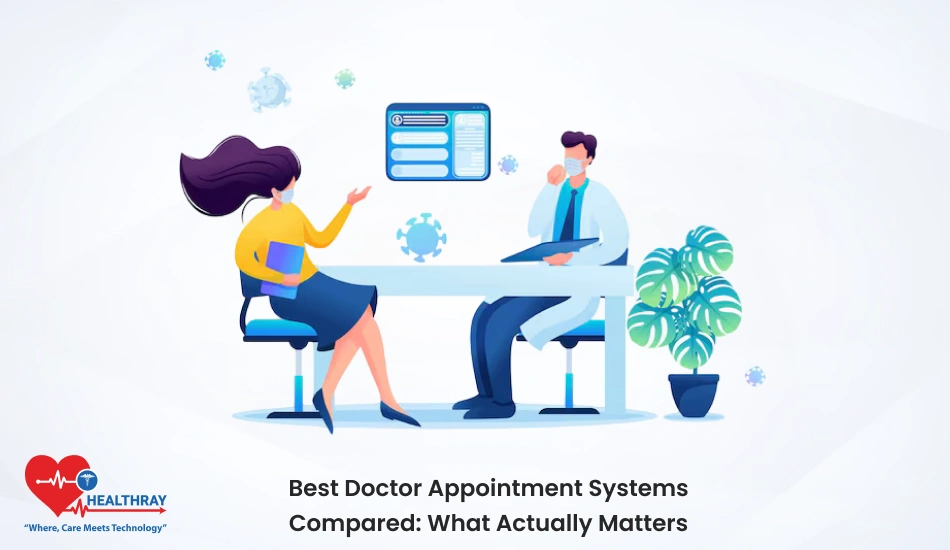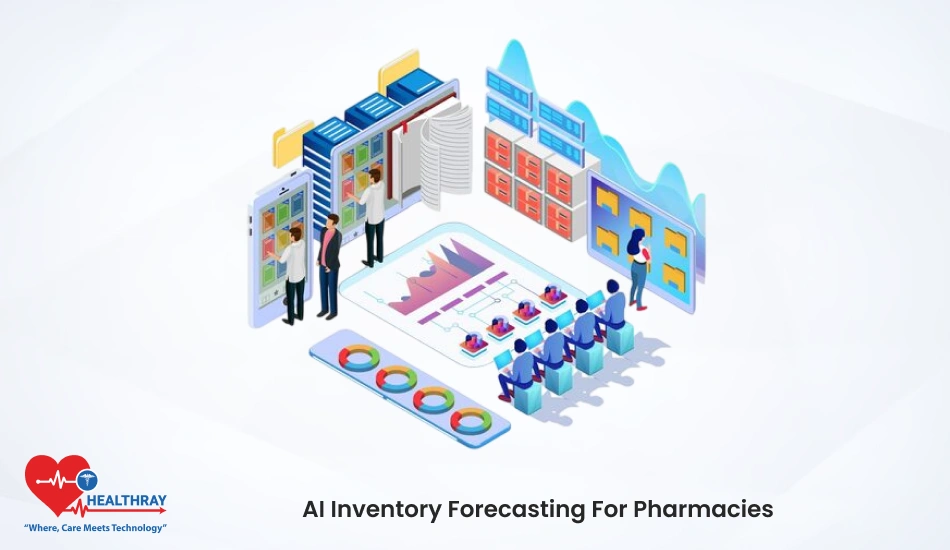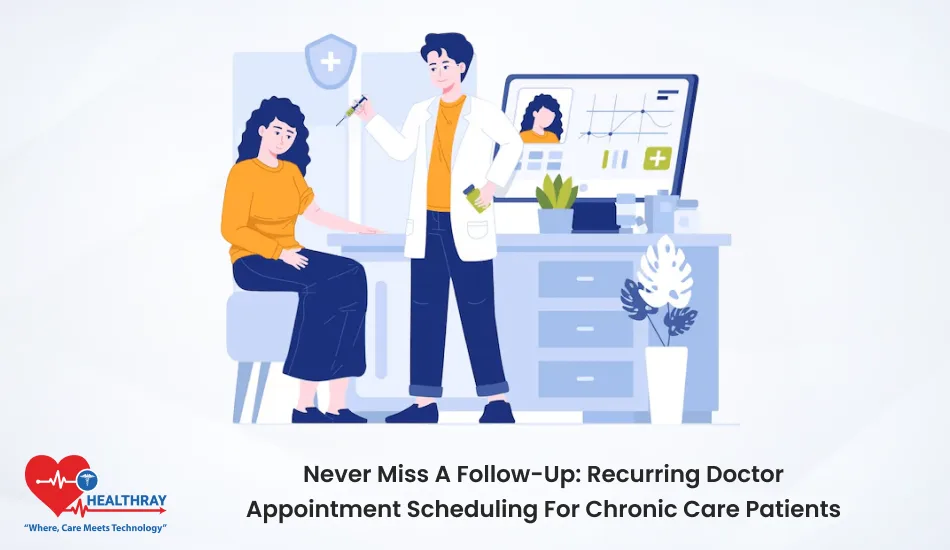Summary
Challenges in EHR implementation can delay hospitals’ transition to digital systems as well. Common issues include financial, technical, security and user adoption problems. Overcoming these hurdles workflow improvement, medical billing support to EHR, secure EHR systems, careful planning, continuous training, and strong leadership all lead to the successful adoption of EHR in healthcare.
Introduction
The health care system is changing rapidly. Patients are treated more quickly, safely and accurately – and EHR has made it all possible! Yet hospitals rushing into the digital age are facing serious challenges in EHR implementation.
EHR stands for electronic health records, or digital records of a patient’s medical history. They keep data on diagnoses, treatments, test results and prescriptions, all in one secure system. These records are more efficiently handled by EHR softwares at many hospitals and clinics, also contributing to more rapid and precise patient care.
But here is the truth!
Shifting from paper documents to electronic health record systems may seem like magic, but it is not easy. High costs, glitches, staff resistance, and a lack of good workflow alignment can slow progress and frustrate healthcare teams. Therefore, it is best to address these issues early to avoid problems during implementation.
In this article, we explore the key challenges in EHR implementation and practical ways to overcome them, helping healthcare teams unlock the full benefits of electronic health records.
What are the Major Challenges in EHR Implementation?
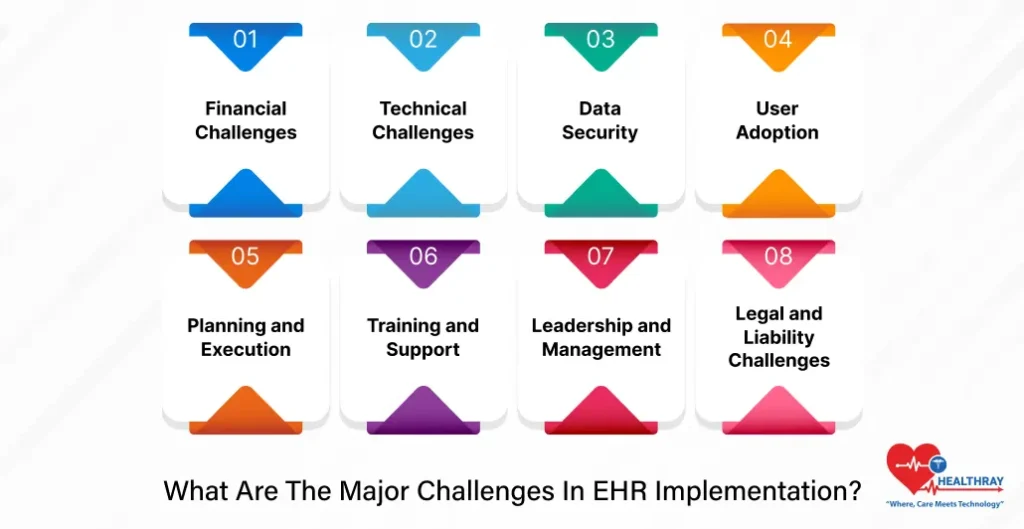
The use of mechanised Electronic Health Record systems may dramatically enhance patient care. But there are numerous challenges that healthcare organisations have in the implementation of EHR. Having an understanding of each of these challenges can help hospitals adopt the best electronic health records in a smooth and efficient manner.
Financial Challenges
The first obstacle related to EHR implementation is the monetary aspect. EHR softwares have high start-up costs in terms of purchase of software, infrastructure, and IT support. These types of investments are difficult to afford for small hospitals or clinics. Even after the purchase of EHR systems, expenses such as subscription fees, updates, and maintenance continue to exert financial pressure.
Another challenge is the delayed return on investment (ROI). The improvement in efficiency and decrease in errors rendered by e-health care records will produce savings, but not necessarily in the immediate future. Clinics may find it difficult to assign value to benefits such as increased patient satisfaction or fewer billing mistakes. This makes budgeting for EHR in healthcare a challenge.
Medical billing is also no exception to the challenges in EHR implementation, meaning additional hardware, software and training of staff will be necessary as well, which increases costs. These sor
Technical Challenges
Technical glitches are not uncommon with electronic health records software. Many hospitals already have legacy software in place for scheduling, billing or lab management. It can be difficult and slow to integrate these legacy programs with electronic health records software. The process of transferring data from paper or previous digital records into newer EHR systems can cause errors or downtime.
Therefore, incompatible systems can break clinical workflows. If online health records don’t integrate with the laboratory’s or the pharmacy’s technology, it can delay patient care. Hospitals might have server reliability, software bugs, or other hardware issues as well. While cloud-based EHR systems lower some of the technical risks, hospitals still need to ensure reliable internet and backup protocols.
Technical failures are also possible in EHR’s medical billing. Mistaken billing codes and misplaced patient records lead to rejected claims, delayed payments, and lost money. Thus, technical planning is crucial for the success of EHR in healthcare. Despite these issues, the benefits of electronic health records are clear. Hospitals should pick the best electronic health records system for safer, faster care.
Data Security
Data security is one of the biggest challenges in EHR implementation. Electronic health records include sensitive information about patients, such as conditions, prescriptions, and payment information. Such records must be protected from data breaches and unauthorised access by hospitals or any other third party.
Not maintaining proper security can lead to fines, reputational harm, and loss of trust from patients. Moreover, the increase in cyberattacks targeted at healthcare only heightens this challenge. Both on-premises and cloud-based EHR systems are at risk if not adequately protected against threats such as phishing, insider attacks, and ransomware.
User Adoption
Staff resistance is also one of the major challenges in EHR implementation. Doctors, nurses, and administrative staff may be wary of moving from the use of familiar paper records to digital health records. AI-powered electronic health record systems are also seen by some staff as too complicated and slowing down daily operations.
In addition, the amount of time needed to train employees on EHR software is also underestimated by hospitals. This lack of training can lead to staff mistakes, avoidance of the system, or a return to previous practices.
Moreover, poor usability reduces the adoption rate of such technologies. Clinicians will not be able to capture good data if the AI-powered electronic health record systems are difficult to use. This directly impacts the efficiency and accuracy of the processes involved.
Planning and Execution
Successful EHR implementation also depends on careful planning and execution. Mismatches between workflows can be frustrating to staff and can slow down operations in hospitals. Moreover, EHR software processing that does not align with day-to-day activities can lead to clinicians needing to re-enter data and to interruptions in patient care.
Another barrier is miscommunication between IT staff, vendors and clinicians. A hospital must educate everyone involved on what the electronic health records software requires, how it must be tailored to the institution, and how long it will take.
Not only this, but poor planning can also affect EHR in medical billing. Billing mistakes and lag in claims can happen in case the workflows have not been seamlessly integrated into the new structure. Therefore, hospitals have to prepare each step before putting the best electronic health records system into practice. With proper planning, they can enjoy the benefits of electronic health records and reduce costly errors.
Step towards digital era with our healthcare solution
Revamp your hospital facilities and embrace change for better healthcare management. Ease in managing and organizing large medical datasets leads to effective analysis. Seize the opportunity now!
Training and Support
If the training is inadequate, it can result in employees making mistakes in health records or patient care. This is why it is important for the hospitals to reserve time for ongoing education and training.
One-off webinars or manuals as training are not enough. Practical, scenario-based training gives staff a deeper understanding of the electronic health record systems. Moreover, continued support from the IT teams is just as crucial. Getting quick availability for troubleshooting and guidance will help avoid further complications.
Leadership and Management
Lack of vision or poor change management can derail adoption, making it one of the serious challenges in EHR implementation. Leaders need to help staff see the benefits of EHR software and motivate them to adopt new technology.
Patients often run into delays or resistance when hospitals do not provide explicit directives. Therefore, such systems must require active participation in planning from leadership, support for changes in workflows, and resources. Also, good management is critical to the successful implementation of the EHR in healthcare and optimal use of the digital health record.
Legal and Liability Challenges
Last but not least, legal concerns are a serious part of the challenges in EHR implementation. Electronic medical records are subject to mistakes and omissions that can give rise to medical disputes. Moreover, liability claims can arise from the failure to document anything that ought to have been documented, such as a new diagnosis, medication, or change in treatment.
Also, technology fails and systems go down, which denies access to needed patient information at critical points and leaves providers vulnerable to legal questioning and malpractice suits. Even minor clerical mistakes, like wrong lab results for a patient or an erroneous patient identifier, can lead to expensive lawsuits. Addressing these risks is a key part of overcoming the challenges in EHR implementation and maintaining trust in digital health records.
How to Overcome Challenges in EHR Implementation?
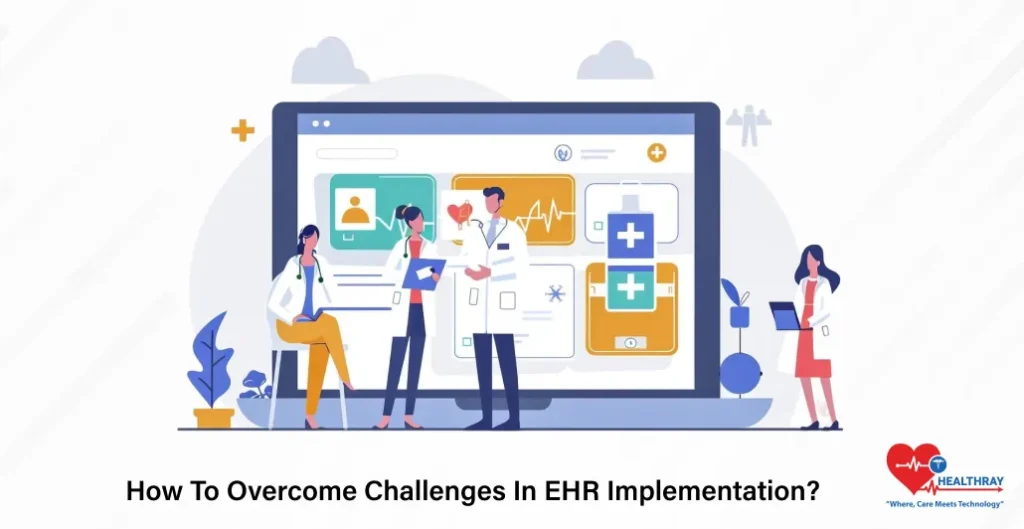
EHR faces a steep implementation curve in hospitals, but thoughtful approaches can ease the process.
The first barrier hospitals face is financial; consequently, challenges in EHR implementation often start with high initial costs. To manage costs, hospitals can, therefore, adopt phased implementation, starting in one department at a time. Additionally, they can apply for grants from government programs or private organisations. Furthermore, cloud-based electronic health records software are also cheaper options. Ultimately, the long-term ROI in billings, workflow, and operations can also assist hospitals in seeing the potential monetary gains and the other benefits of electronic health records.
Moreover, there are also technical challenges in EHR implementation, when attempting to integrate EHR software with current systems. To overcome this, standard API and HL7/FHIR compliance can, in fact, provide for seamless interoperability. Furthermore, small test data migration runs can also help eliminate errors. In addition, hospitals must also have strong backup systems, good IT personnel, and dependable vendors in order to minimise downtime.
It is also critical to secure health records digitally. Thus, hospitals must employ role-based access, encryption, firewalls, antivirus software, and regular security updates. Moreover, continuously training staff members on cybersecurity limits risks and helps ensure patients maintain their trust.
Careful planning and implementation require clear communication with IT teams, vendors, and clinicians. For this reason, pilot EHR software is tested in a handful of departments to reveal issues in advance. Consequently, these are constantly edited to streamline workflow and billing.
Moreover, training and ongoing support are needed for sustained success. As a result, staff should be trained and maintained at high levels of competence and enthusiasm through simulation exercises, as well as by quick guidebooks and help desks.
Furthermore, effective leadership minimises friction in the process. In particular, defined roles, setting goals, and being involved by management foster buy-in from all staff.
Additionally, legal and liability issues remain front and center. Specifically, hospitals have to abide by data laws, carefully document, constantly audit EHR entries, and rely on legal consultants in order to mitigate risks.
Ultimately, when hospitals address these challenges in EHR implementation carefully, they create a safe, streamlined, and patient-friendly online healthcare environment that leverages the best electronic health records and reaps the benefits of electronic health records successfully.
Conclusion
Overcoming the challenges in EHR implementation provides a means for hospitals to care for patients more rapidly, safely, and accurately. But financial, technical, security, and human challenges slow its adoption. Careful planning, continuous training, staff involvement, securing data, and good leadership can overcome these challenges.
If done properly, this creates a better workflow, enhanced medical billing via the EHR, and optimal use of the benefits of electronic health records. Proactively addressing these challenges will make adaptation easier and yield better results for both patients and healthcare teams.



